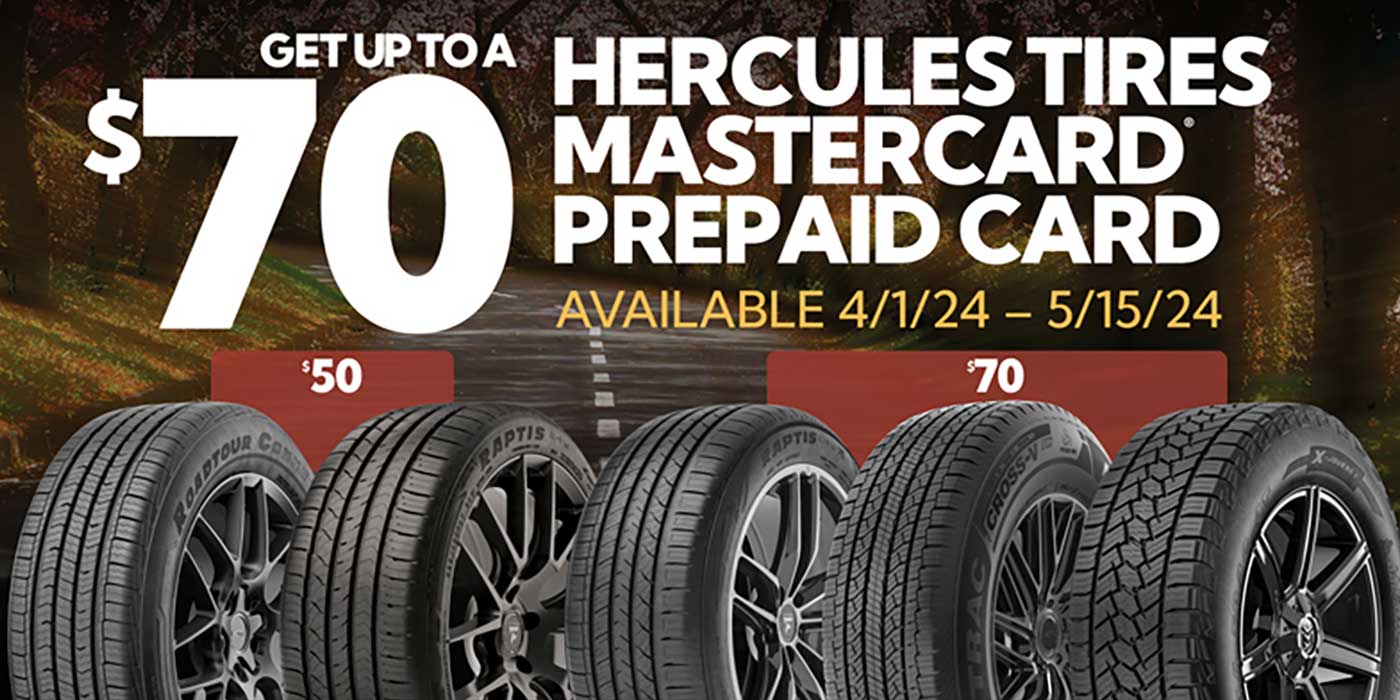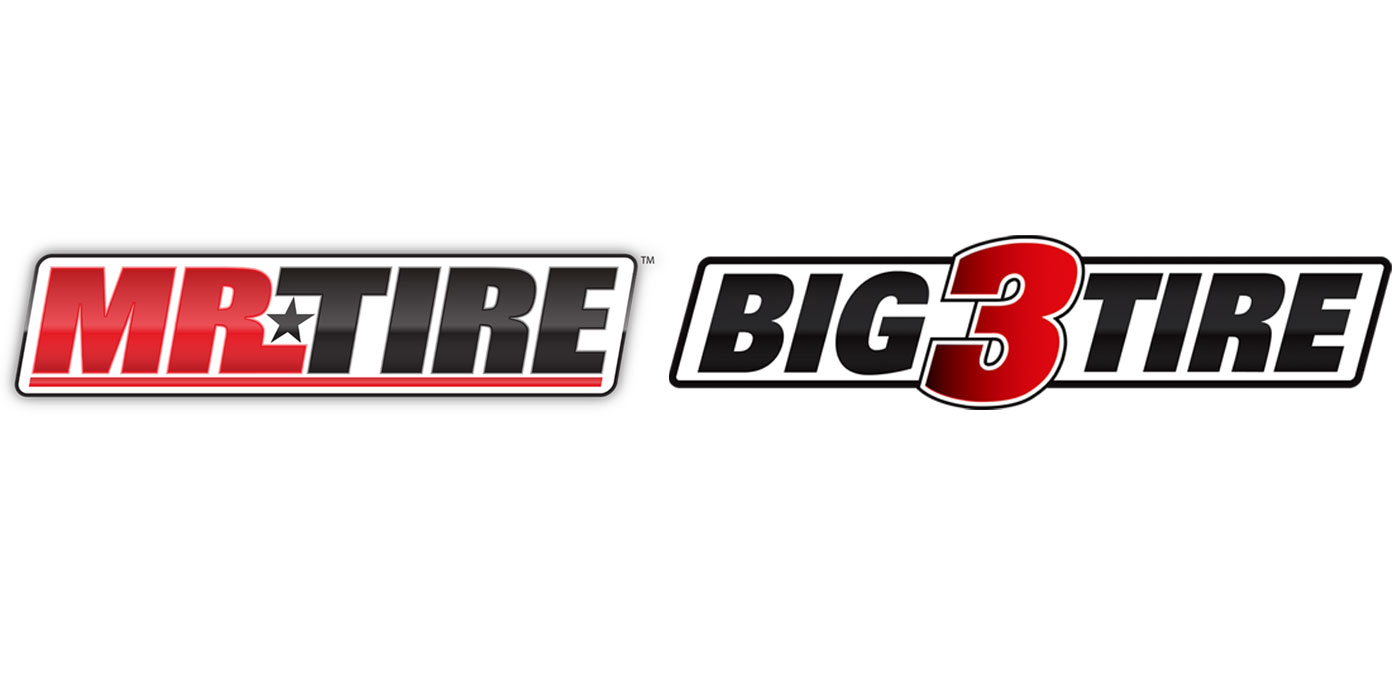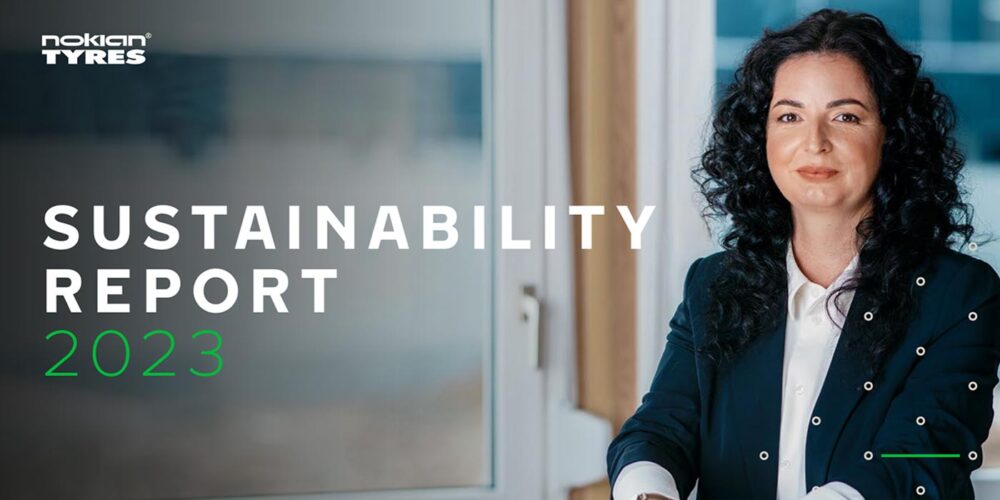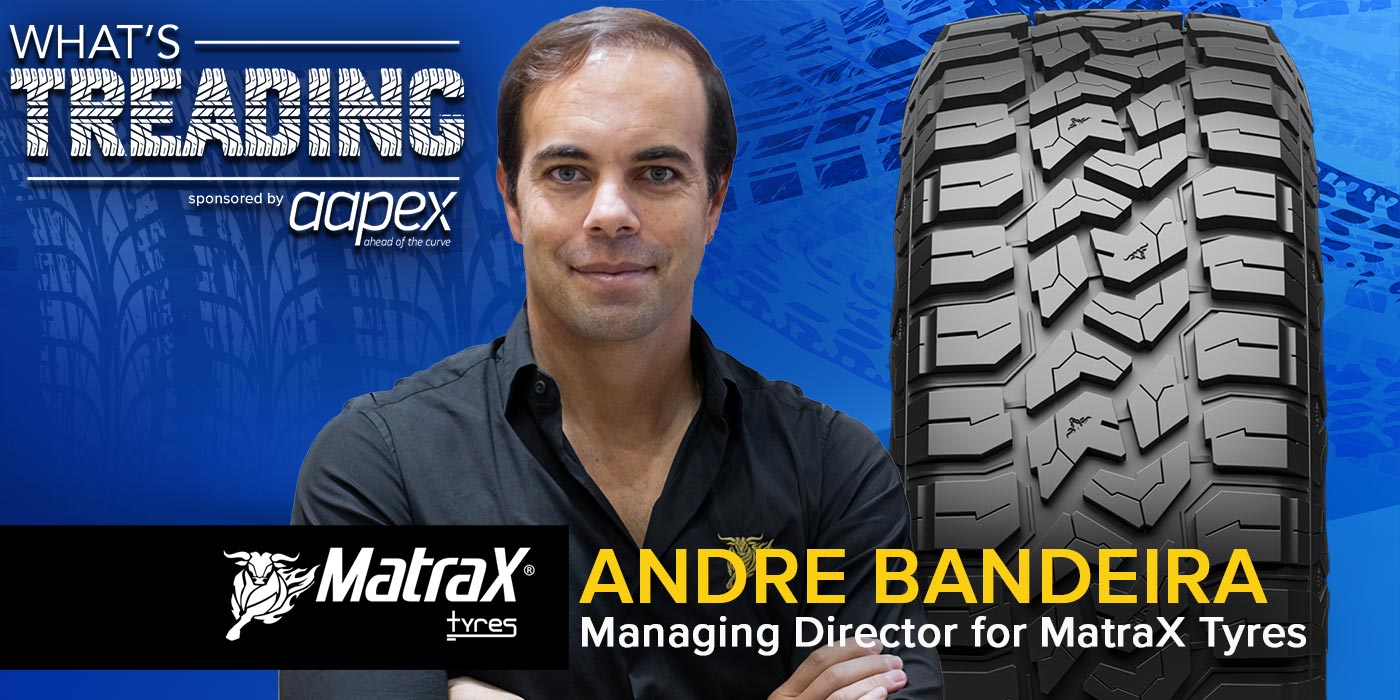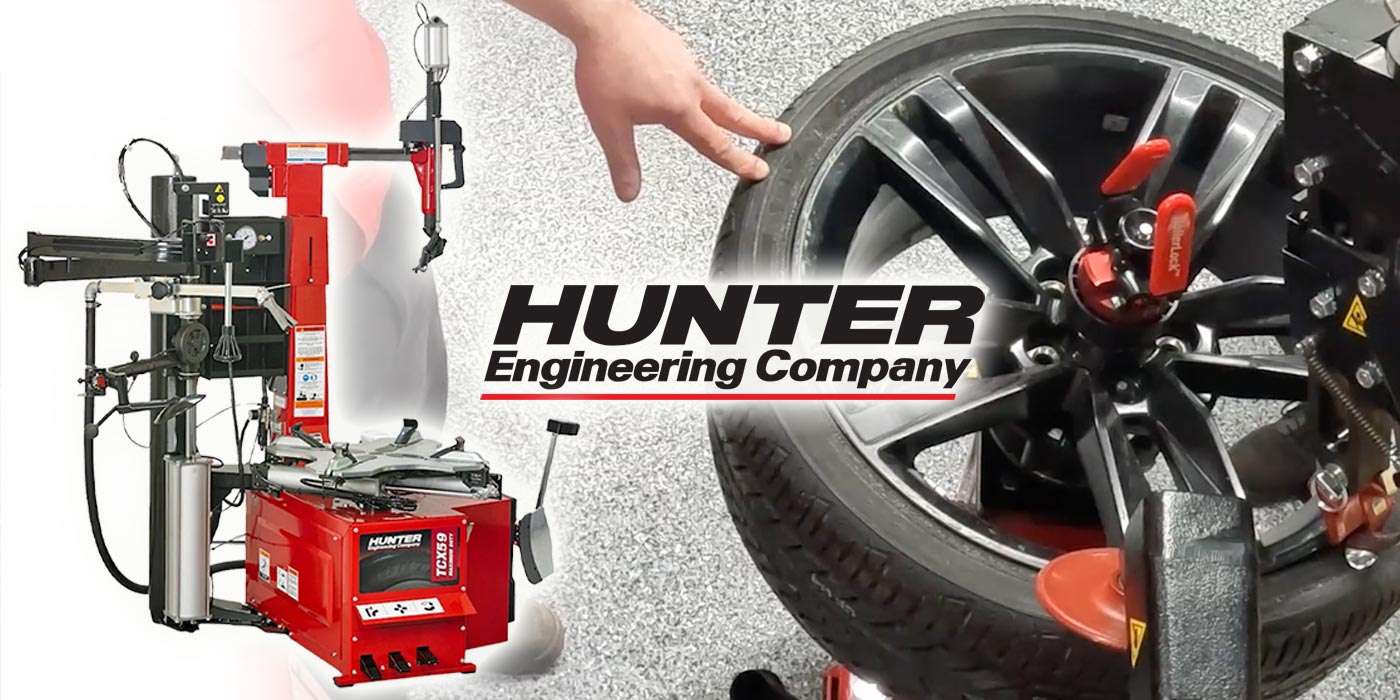Most people have no idea where Guangzhou is in China. Nor do they understand the city’s historic importance.
Located along China’s southeastern coast in the Pearl River Delta, Guangzhou (pronounced “guawn – jow”) is known as China’s South Gate. Perhaps you also know the city, once China’s capital, by its old name: Canton.
Similarly, few people know South China Tire Co., ironically based in Guangzhou. It is one of China’s largest tiremakers – with 2007 sales of some $500 million. Perhaps you know it by another name: Wanli.
Walter Sun is not what you would expect as the chairman of one of China’s largest tiremakers and some of its more recognized tire brands. There is no suit or tie or ornate office. His business uniform is just that – a uniform, same as the rest of his management team – and his manner suggests someone more interested in R&D than in running a multi-million dollar global business.
Quiet and studious, yet personable, Sun speaks little but asks a lot of questions and takes a ton of notes. There is no doubt that he’s in charge, despite his dress, and right now he is running a company with significant growth plans. He is the chief steward for a primarily state-owned business (not unlike other Chinese tiremakers), and sees his job as building a strong international presence that will lead to further growth once the Chinese government privatizes the company – an event not far off.
Sun and his team also understand that South China has a ways to go to be a fully modern tiremaker and serious global player. For instance, South China knows its tire plants could be more efficient. In a country where labor is cheap (South China has 5,000 employees), certain efficiencies aren’t really considered, even though the company knows that tightening production could save it untold millions in costs.
Being a global brand requires significant brand building efforts and better distribution partners, and South China is learning that it cannot use one broad brush in markets outside of China. It must learn how to work in individual markets, Sun said.
When it comes to production capacity, South China has that under control. Its barely developed 200-acre campus is located well outside of Guangzou, in a new industrial area sprouting up among ancient farmlands. Long-term, that acreage will be covered by millions of square feet of tire factories, warehouses, offices, a research center, a dedicated power plant and worker dorms – a complex that will produce some 50 million passenger, light truck/SUV and medium truck tires each year.
South China’s original plant, started in 1988, anchors the campus. Its newest plant broke ground in 2004 and began production two years later. As we visited in June, work had been started on the next phase of South China’s growing manufacturing footprint.
Buses are parked in a row outside the campus dormitories, waiting to ferry most of the factory workforce to their homes at the end of the week. South China’s ambitious campus plans required access to cheap land, which was available well away from Guangzhou’s teeming 10 million population. Lacking personal cars, the workers have to be bused to and from their homes.
A Look Inside
South China’s two plants are, as you would expect, like night and day. The older plant – with 680,000 square meters under roof – was the company’s first, and currently produces an equal mix of passenger and medium truck tires, including Hercules private brand truck radials for export.
The older facility has 18 truck tire building stations feeding 88 curing presses. Its 33 consumer tire builders service 83 curing presses. As with any tire plant, individual components are created at various stations. Unlike most, the components – innerliners, body plies, sidewall segments, beads, tread, etc. – are created continuously – the plant runs 24/7 and is shut down only for the 10-day Chinese New Year holiday – regardless of how fast the curing and final inspection departments can proceed, or how much warehouse space is available.
The older plant doesn’t sport the newest in equipment; the two stage building stations actually create part of a green tire in one location and complete it in another part of the plant. There are few automated functions, and finished green tires may sit in cradles for hours before reaching the presses.
On the back end, to South China’s credit, are three dynamic uniformity machines. Every single tire produced passes through these stations, and while that creates a bit of a bottleneck – the same problem exists at South China’s newest plant, too – the company feels it is an important process to prove the capability and quality of its tires.
The two-year old factory, with 720,000 square meters of floor space, is far more modern than its 20-year-old sister, but it is plagued by many of the same efficiency issues. Hundreds of component storage racks wait to be moved to one of a dozen two-stage building stations, while racks of green tires are in queue for one of 50 curing presses. Two dynamic uniformity machines struggle to process every tire made. A single x-ray machine is also employed to check select units from production batches, as well as large diameter UHP and light truck radials.
During our visit, the two huge warehouses were stuffed with finished goods, so South China did the only thing it could: finished tires were temporarily housed in the curing and final inspection area. Every available square inch had eight-high tire stacks, a warehousing backlog stretching thousands and thousands of Wanli, Sunny, Fortuna and private brand performance, winter and all-season tires.
On an overall basis, of the 9 million tires South China produces per year, 3 million of those come from its new plant, which is entirely dedicated to passenger and light truck/SUV tire production. For 2009, plans are for this plant to produce 4 million tires, and new building stations and curing presses are planned to meet that goal.
Its two plants are not the tidiest in methodology, but sales, South China said, are well exceeding capacity, so the company is pumping out units as fast as its resources will safely allow.
Regrouping in N.A.
John Yuan is South China’s sales manager, and has been with the company for 12 years. He is in charge of South China’s domestic and international sales network.
According to Yuan, 65% to 70% of South China’s total production is exported. Fifty percent of its production – some 4.5 million tires – is shipped to the U.S.; the rest of the exports travel to 87 other countries, he said. A bulk of its exports are consumer tires, with the exception of private brand truck tires it produces for customers.
While South China formerly relied on local distributors to carry its flag in export markets, it is making some changes. The company recently opened its own sales office in Los Angeles and has transferred one of its salesmen from China to California. A second is on his way, Yuan said.
He also understands that South China has to do a lot more to support its dealers and improve Wanli’s brand awareness and image, which, he stated, is not great in the U.S. The dedicated staff in the U.S. will help, but Yuan has no plans right now to supplement that with local personnel more familiar with the market.
Being an international player also means South China faces global problems. Sun said that the troubled U.S. economy and rising raw material costs are hurting South China’s sales and profits. The economic slowdown in Europe, South China’s second largest export market, has also hurt. Locally, China’s devastating snowstorms and the Sichuan Province earthquake brought unexpected cost increases.
Even as South China remains steadfastly focused on its ambitious manufacturing plans and understands its global marketing weaknesses, don’t bet against the company.
Like its chairman, it is not what you’d expect – and that may be its greatest advantage.



